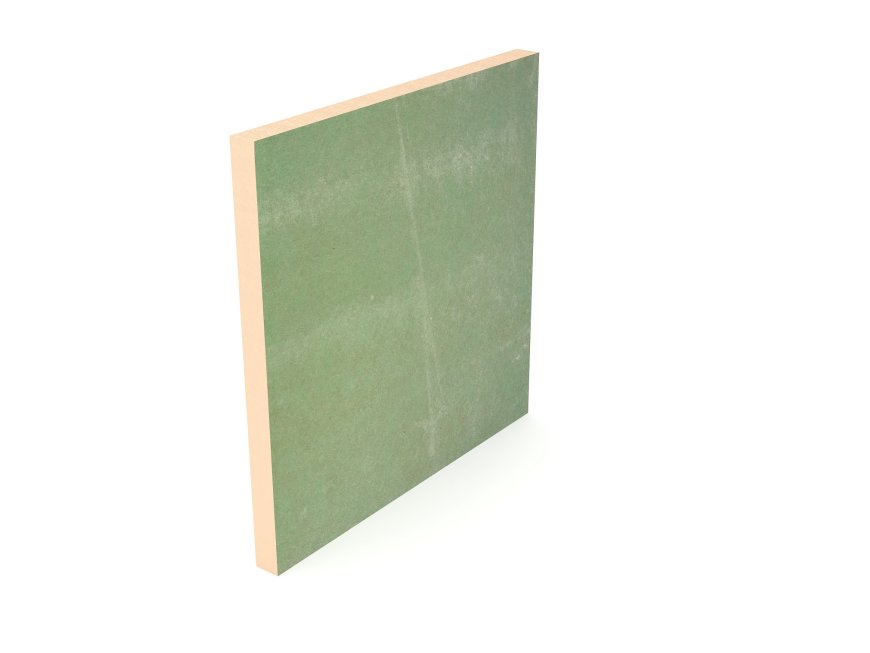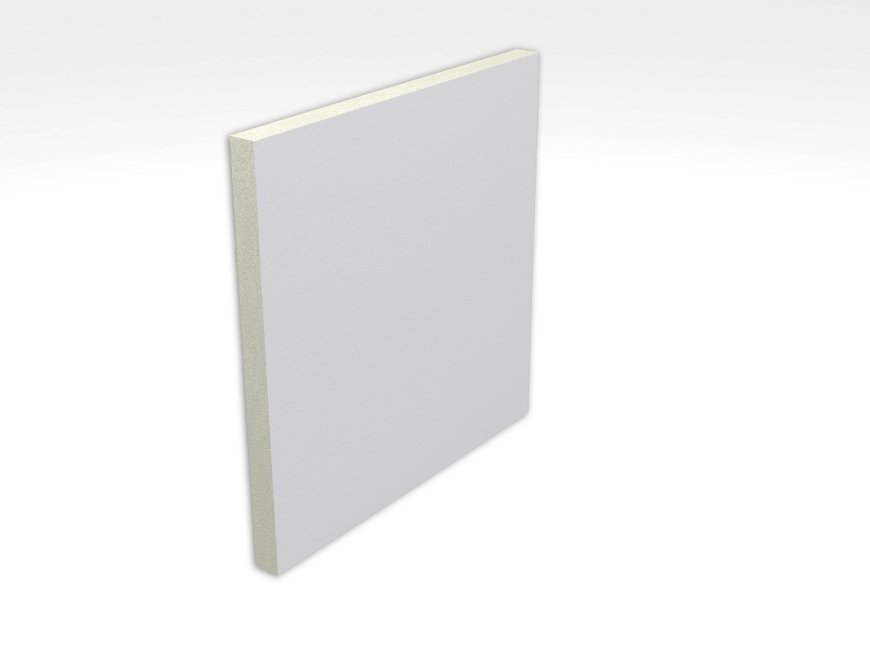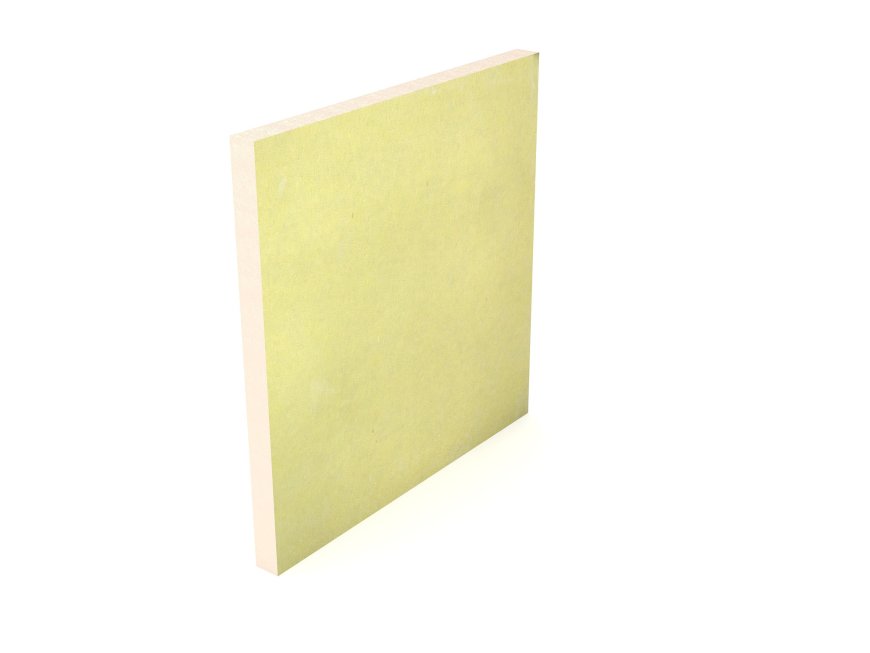Lightweight Building Materials: A Path Towards Sustainable Infrastructure
The construction industry is undergoing a fundamental transformation, driven by the dual imperatives of rapid urbanization and the growing urgency to address climate change. As cities expand, the demand for sustainable, efficient, and resilient infrastructure grows exponentially.

The construction industry is undergoing a fundamental transformation, driven by the dual imperatives of rapid urbanization and the growing urgency to address climate change. As cities expand, the demand for sustainable, efficient, and resilient infrastructure grows exponentially. In this context, the shift towards lightweight building materials is not only a response to environmental concerns but also a strategic necessity. Lightweight materials, such as gypsum boards and low-carbon plasters, are setting new standards in the construction sector, offering solutions that combine performance with environmental responsibility. These innovative materials reduce the carbon footprint of construction while enhancing the efficiency, speed, and cost-effectiveness of building projects.
Traditional building materials like concrete and brick have served as the backbone of the construction industry for centuries. However, the environmental impact of these materials—both in terms of production and their carbon footprint—is significant. Their heavy weight not only makes transportation and installation energy-intensive but also demands considerable structural support, increasing the overall resource consumption and environmental footprint of a building. In contrast, lightweight materials such as gypsum-based boards and plasters offer a more sustainable alternative. These materials provide the same structural integrity as their heavier counterparts, yet with a much lower environmental impact. Gypsum boards, for example, are lightweight yet incredibly strong, making them an ideal choice for both residential and commercial construction. The boards provide exceptional acoustic and thermal insulation, which helps reduce the need for artificial heating and cooling systems, thereby lowering a building’s overall energy consumption. In a world where energy efficiency is paramount, gypsum boards offer a solution that enhances the sustainability of buildings. These materials also contribute to better indoor air quality by resisting mould and mildew growth, a common issue with conventional construction materials. This adds an additional layer of value, ensuring that buildings are not only more energy-efficient but also healthier and more comfortable for occupants.
|
|
|
Another key innovation in the realm of lightweight construction is Gyproc’s range of low-carbon plasters. The production of these plasters at our Tiruvallur facility marks a significant milestone in our commitment to sustainability. By shifting from fossil fuels to renewable energy sources, including biomass from agricultural waste and biodiesel, we have been able to reduce the carbon footprint of our plasters by 40-50% compared to conventional products. This transformation aligns with Gyproc’s broader environmental objectives and supports Saint-Gobain Group’s global goal of achieving Net Zero carbon emissions by 2050. In addition, our low-carbon plasters maintain the same high level of performance as traditional plasters, providing smooth, durable finishes that enhance both the aesthetic appeal and the functionality of buildings. The innovation at the Tiruvallur plant is a testament to our ongoing commitment to sustainable manufacturing processes, and it showcases our role as a leader in decarbonizing the construction sector.
The benefits of lightweight building materials extend far beyond environmental advantages. Gypsum boards and low-carbon plasters significantly improve construction efficiency, making projects faster, safer, and more cost-effective. The ease of handling and installation of these materials means that construction teams can complete projects in less time, reducing labour costs and overall project expenses. In densely populated urban areas, where construction timelines are tight and space is limited, this speed and efficiency are critical. Lightweight materials also reduce the need for heavy machinery, which in turn lowers emissions and operational costs on-site. This increased efficiency can lead to faster delivery of projects, allowing
Furthermore, the use of lightweight materials like gypsum boards and plasters contributes to a cleaner and safer construction environment. These materials are pre-manufactured to specific sizes and shapes, reducing on-site waste and minimizing the need for modifications during installation. This not only reduces the environmental impact but also enhances site safety by decreasing the amount of debris, dust, and other by-products typically generated during traditional construction. By using products that are designed to fit and function with minimal adjustments, construction teams can work more efficiently, and the environmental impact of the building process is minimized.
At the forefront of this shift, industry leaders understand that the move to lightweight building materials is not just about reducing weight; it is about fundamentally rethinking the way we design and construct buildings to meet the challenges of sustainability, efficiency, and cost-effectiveness. Lightweight materials allow for greater flexibility in design, enabling architects and builders to push the boundaries of creativity while maintaining high standards of performance. With a range of gypsum boards and low-carbon plasters, solutions are offered that meet the needs of modern construction projects, whether they are focused on residential, commercial, or industrial spaces.
As the construction industry moves toward a future of net-zero buildings, the adoption of lightweight materials will be a cornerstone of this transformation. The benefits are clear: reduced carbon emissions, improved energy efficiency, faster construction timelines, and enhanced environmental responsibility. Leading companies are committed to driving this change, providing innovative solutions that not only meet the demands of today’s construction market but also contribute to a more sustainable and resilient built environment. Lightweight building materials are the key to unlocking a future where construction practices are aligned with the global imperative to protect our planet. By embracing these materials, we are taking a significant step toward building a more sustainable, efficient, and future-ready world.










